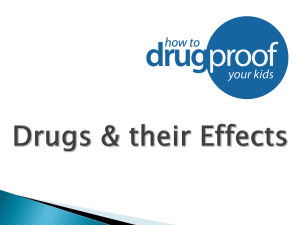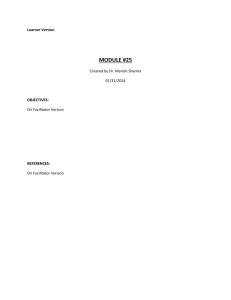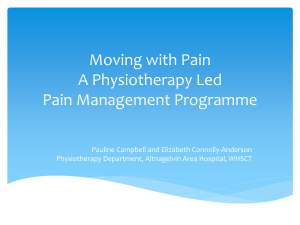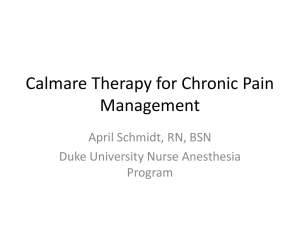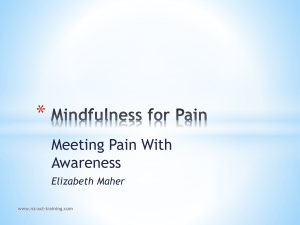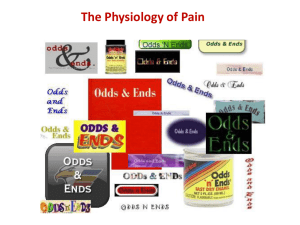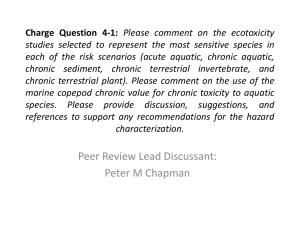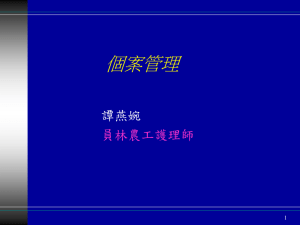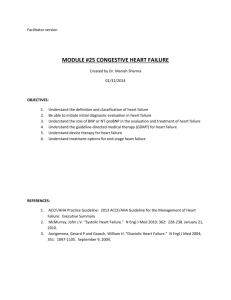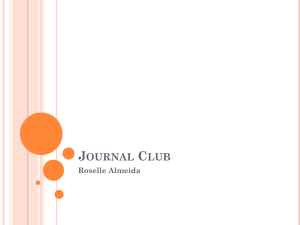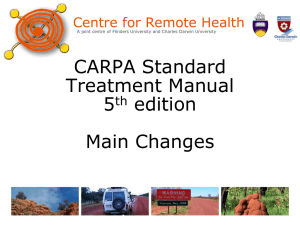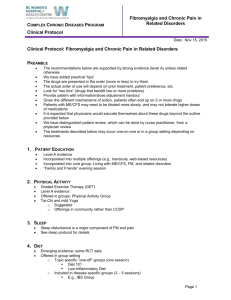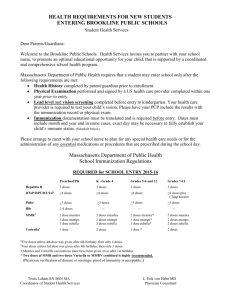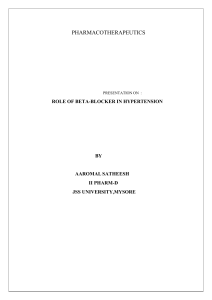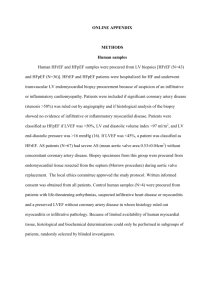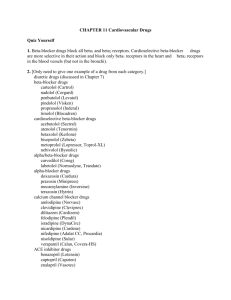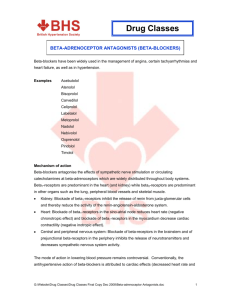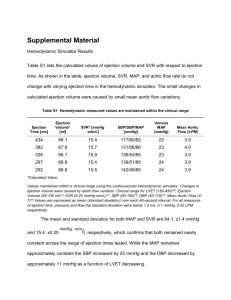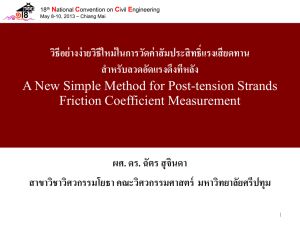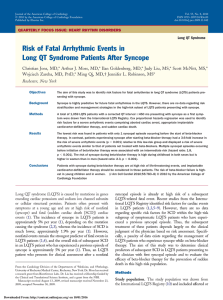PowerPoint 演示文稿
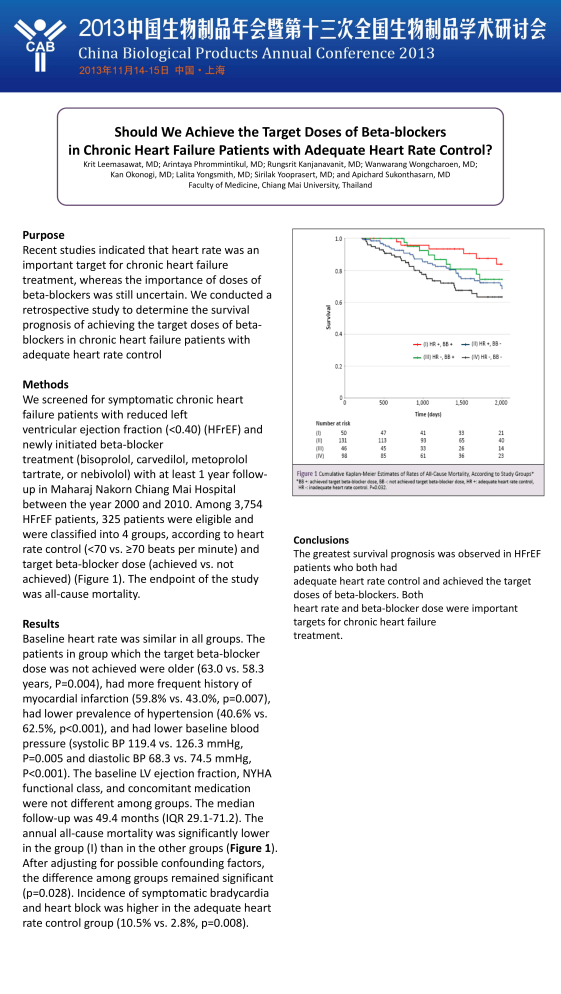
Should We Achieve the Target Doses of Beta-blockers in Chronic Heart Failure Patients with Adequate Heart Rate Control?
Krit Leemasawat, MD; Arintaya Phrommintikul, MD; Rungsrit Kanjanavanit, MD; Wanwarang Wongcharoen, MD;
Kan Okonogi, MD; Lalita Yongsmith, MD; Sirilak Yooprasert, MD; and Apichard Sukonthasarn, MD
Faculty of Medicine, Chiang Mai University, Thailand
Purpose
Recent studies indicated that heart rate was an important target for chronic heart failure treatment, whereas the importance of doses of beta-blockers was still uncertain. We conducted a retrospective study to determine the survival prognosis of achieving the target doses of betablockers in chronic heart failure patients with adequate heart rate control
Methods
We screened for symptomatic chronic heart failure patients with reduced left ventricular ejection fraction (<0.40) (HFrEF) and newly initiated beta-blocker treatment (bisoprolol, carvedilol, metoprolol tartrate, or nebivolol) with at least 1 year followup in Maharaj Nakorn Chiang Mai Hospital between the year 2000 and 2010. Among 3,754
HFrEF patients, 325 patients were eligible and were classified into 4 groups, according to heart rate control (<70 vs. ≥70 beats per minute) and target beta-blocker dose (achieved vs. not achieved) (Figure 1). The endpoint of the study was all-cause mortality.
Results
Baseline heart rate was similar in all groups. The patients in group which the target beta-blocker dose was not achieved were older (63.0 vs. 58.3 years, P=0.004), had more frequent history of myocardial infarction (59.8% vs. 43.0%, p=0.007), had lower prevalence of hypertension (40.6% vs.
62.5%, p<0.001), and had lower baseline blood pressure (systolic BP 119.4 vs. 126.3 mmHg,
P=0.005 and diastolic BP 68.3 vs. 74.5 mmHg,
P<0.001). The baseline LV ejection fraction, NYHA functional class, and concomitant medication were not different among groups. The median follow-up was 49.4 months (IQR 29.1-71.2). The annual all-cause mortality was significantly lower in the group (I) than in the other groups (Figure 1).
After adjusting for possible confounding factors, the difference among groups remained significant
(p=0.028). Incidence of symptomatic bradycardia and heart block was higher in the adequate heart rate control group (10.5% vs. 2.8%, p=0.008).
Conclusions
The greatest survival prognosis was observed in HFrEF patients who both had adequate heart rate control and achieved the target doses of beta-blockers. Both heart rate and beta-blocker dose were important targets for chronic heart failure treatment.
